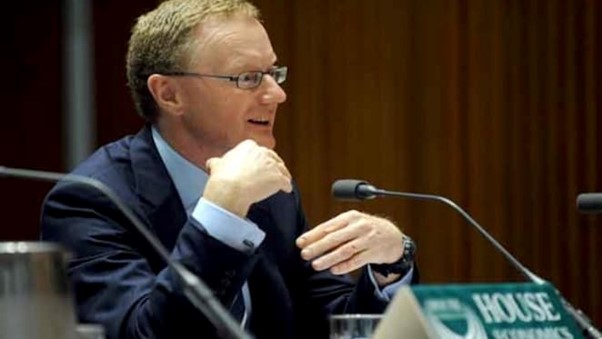
Philip Lowe | Feb 2,2021
In Australia, the economic recovery is well under way and has been stronger than was earlier expected. There has been strong growth in employment and a welcome decline in the unemployment rate to 6.6 per cent. Retail spending has been strong and many of the households and businesses that had deferred loan repayments have now recommenced repayments. These outcomes have been underpinned by Australia's success on the health front and the very significant fiscal and monetary support.
The recovery is expected to continue, with the central scenario being for GDP to grow by 3½ per cent over both 2021 and 2022. GDP is now expected to return to its end-2019 level by the middle of this year. Even so, the economy is expected to operate with considerable spare capacity for some time to come. The unemployment rate remains higher than it has been for the past 2 decades and while it is expected to decline, the central scenario is for unemployment to be around 6 per cent at the end of this year and 5½ per cent at the end of 2022.
Wage and price pressures remain subdued. The CPI increased by just 0.9 over the year to the December quarter and wages (as measured by the Wage Price Index) are increasing at the slowest rate on record. Both inflation and wages growth are expected to pick up, but to do so only gradually, with both remaining below 2 per cent over the next couple of years. In underlying terms, inflation is expected to be 1¼ per cent over 2021 and 1½ per cent over 2022.
Financial conditions remain highly accommodative, with lending rates for most borrowers at record lows and asset prices, including housing prices, mostly increasing. Housing credit growth to owner-occupiers has picked up recently, but investor and business credit growth remain weak. The exchange rate has appreciated and is in the upper end of the range of recent years.
The Board remains committed to maintaining highly supportive monetary conditions until its goals are achieved. Given the current outlook for inflation and jobs, this is still some way off. The current monetary policy settings are continuing to help the economy by lowering financing costs for borrowers, contributing to a lower exchange rate than otherwise, supporting the supply of credit needed for the recovery and supporting household and business balance sheets. The decision to extend the bond purchase program will ensure a continuation of this monetary support.
The Board will not increase the cash rate until actual inflation is sustainably within the 2 to 3 per cent target range. For this to occur, wages growth will have to be materially higher than it is currently. This will require significant gains in employment and a return to a tight labour market. The Board does not expect these conditions to be met until 2024 at the earliest.